| Aurora | ||||
|---|---|---|---|---|
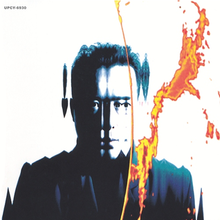 | ||||
| Studio album by | ||||
| Released | February 25, 1994 | |||
| Recorded | 1993 | |||
| Studio | Various
| |||
| Genre | ||||
| Length | 60:11 | |||
| Label | Polydor K.K. | |||
| Producer |
| |||
| Susumu Hirasawa chronology | ||||
| ||||
Aurora is Susumu Hirasawa's fourth solo album.
| Aurora | ||||
|---|---|---|---|---|
 | ||||
| Studio album by | ||||
| Released | February 25, 1994 | |||
| Recorded | 1993 | |||
| Studio | Various
| |||
| Genre | ||||
| Length | 60:11 | |||
| Label | Polydor K.K. | |||
| Producer |
| |||
| Susumu Hirasawa chronology | ||||
| ||||
Aurora is Susumu Hirasawa's fourth solo album.
His first main solo album in three years following a period where focus was directed on the Defrosted P-Model, Aurora, which Hirasawa has said can be considered a second solo debut, [1] is a turning point in his career. Unlike the previous solo albums, Aurora doesn't feature guest musicians, with almost all instrumentation handled by MIDI-compatible devices. [2] The music was composed with the Amiga The Blue Ribbon SoundWorks programs Bars & Pipes Professional, which he started using for "more natural orchestration", [3] and SuperJAM!, [4] whose "Bartok" style he modified by inputting data from his own songs, irreversibly turning its patterns and variations into "Hirasawa" style ones. [5]
Aurora was created to appeal to the instinctual side of the listener as opposed to the logical, in likeness to tales and myths, [6] emphasizing vocals and melody. The songs were written so that the album would lack any inherent story or concept, inviting the listener to create their own reading. [3] However, as he wrote the lyrics out, seven of the album's ten songs ended up having to do with "you" (キミ, kimi), which accidentally created undertones of a story about two people. Hirasawa wanted to avoid that if at all possible, but felt that was just the way the language worked and left it as is. [3] Many words representing natural phenomena were included in an attempt to resolve complaints about the lyrics being opaque. Hirasawa chose words that were easy to understand and had a large impact, the word Aurora came from this decision as well. [3]
The album's booklet is adorned with Buddhist imagery. Advertisements for Aurora used the phrase "The Greatest Music of All" (至高の音楽, Shikou no Ongaku). [7]
All tracks are written by Susumu Hirasawa.
| No. | Title | Length |
|---|---|---|
| 1. | "Stone Garden" (石の庭Ishi no Niwa) | 6:02 |
| 2. | "Love Song" | 7:02 |
| 3. | "Aurora" (オーロラŌrora) | 4:17 |
| 4. | "Song of the Force" (力の唄Chikara no Uta) | 5:28 |
| 5. | "Take the Wheel" (舵をとれKaji wo Tore) | 4:32 |
| 6. | "Snow Blind" (スノーブラインドSunōburaindo) | 6:40 |
| 7. | "The Double of Wind" (風の分身Kaze no Bunshin) | 4:51 |
| 8. | "In the Square" (広場でHiroba de) | 4:34 |
| 9. | "Island Door (Paranesian Circle)" (トビラ島 (パラネシアン・サークル)Tobira Shima (Paraneshian Sākuru)) | 13:29 |
| 10. | "Ringing Bell" (呼んでるベルYonderu Beru) | 2:57 |
| Date | Label(s) | Format | Catalog | Notes |
|---|---|---|---|---|
| February 25, 1994 | Polydor K.K. | CD | POCH-1328 | |
| July 1, 2005 | Universal Music Japan, Universal Sigma | Digital Download | none | |
| February 29, 2012 | Chaos Union, Teslakite | CD | CHTE-0057 | Remastered by Masanori Chinzei. Disc 4 of the HALDYN DOME box set. |
| November 5, 2014 | Universal Music Japan | SHM-CD | UPCY-6930 | Part of Universal's "Project Archetype" (supervised by Osamu Takeuchi & Kasiko Takahasi). Remastered by Kenji Yoshino (supervised by Chinzei) with both original liner notes and new ones. [8] |
Susumu Hirasawa is a Japanese musician and composer.
P-Model was a Japanese electronic rock band started in 1979 by frontman Susumu Hirasawa. The band has experienced many lineup revisions over the years but Hirasawa was always at the helm of operations. P-Model officially disbanded in 2000, although many of its members continue to release solo albums and collaborate with each other on different projects.
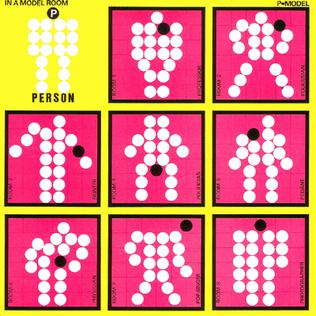
In a Model Room is the debut album of Japanese band P-Model.
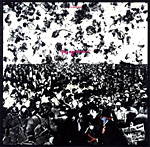
Potpourri is the 1981 third album of Japanese band P-Model.
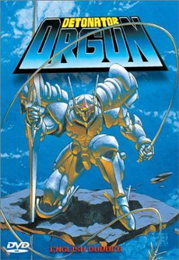
Detonator Orgun is a 1991 Japanese original video animation series by AIC and Artmic, directed by Masami Ōbari with character designs by Kia Asamiya. Planning for the series started in 1989, but the animation process did not start until 1991. The series was released on DVD in 2001 by Central Park Media in the United States, in 2002 by Happinet Pictures in Japan, and in 1997 by Manga Entertainment in the United Kingdom. Orgun later appeared in the Super Robot Wars W video game.

Technique of Relief is the seventh solo album by Susumu Hirasawa.
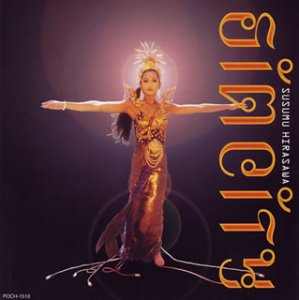
Sim City is a 1995 album by Japanese musician and composer Susumu Hirasawa. It is his fifth solo album.
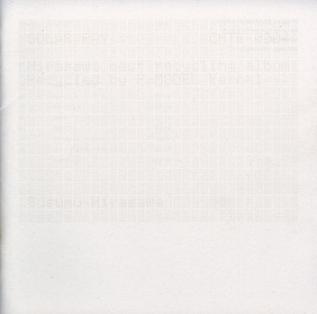
Solar Ray is a 2001 remix album by Susumu Hirasawa. It is the centerpiece of "Hirasawa Energy Works", a project to produce music in an ecologically friendly way.

The Ghost In Science is Susumu Hirasawa's second solo album.

Water in Time and Space is Susumu Hirasawa's first solo album.

Virtual Rabbit is Susumu Hirasawa's third solo album.
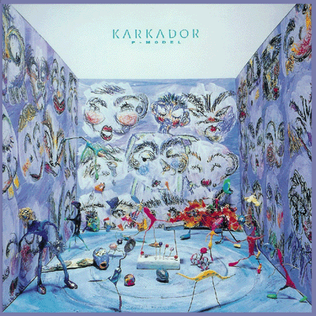
Karkador is the sixth album by the Japanese electronic rock band P-Model, and the first where frontman Susumu Hirasawa was the sole remaining founding member.

One Pattern is a 1986 album by P-Model and the last before the band's hiatus in 1988.

Siren is the sixth solo album by Susumu Hirasawa.

Archetype | 1989-1995 Polydor years of Hirasawa is Susumu Hirasawa's fourth compilation album.
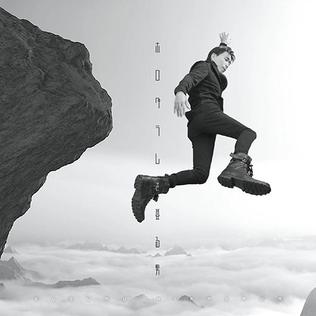
The Man Climbing the Hologram is the thirteenth solo album by Susumu Hirasawa.

Fune is the tenth studio album by P-Model and the first by its "revised" lineup.

Ash Crow -Susumu Hirasawa Soundtracks for BERSERK is an album by Susumu Hirasawa.

Electronic Tragedy: Enola, stylized as Electronic Tragedy/〜ENOLA, is the eleventh studio album by P-Model and the second by its "revised" lineup.
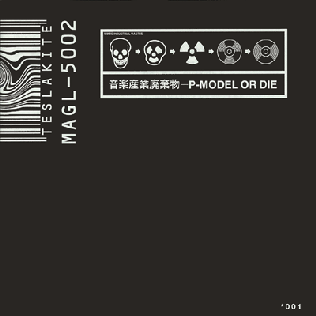
Music Industrial Wastes: P-Model or Die, stylized as Music Industrial Wastes〜P-MODEL OR DIE, is the twelfth studio album by P-Model, the third by its "revised" lineup and the final one for the band overall.